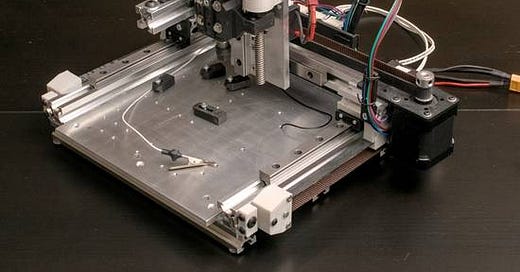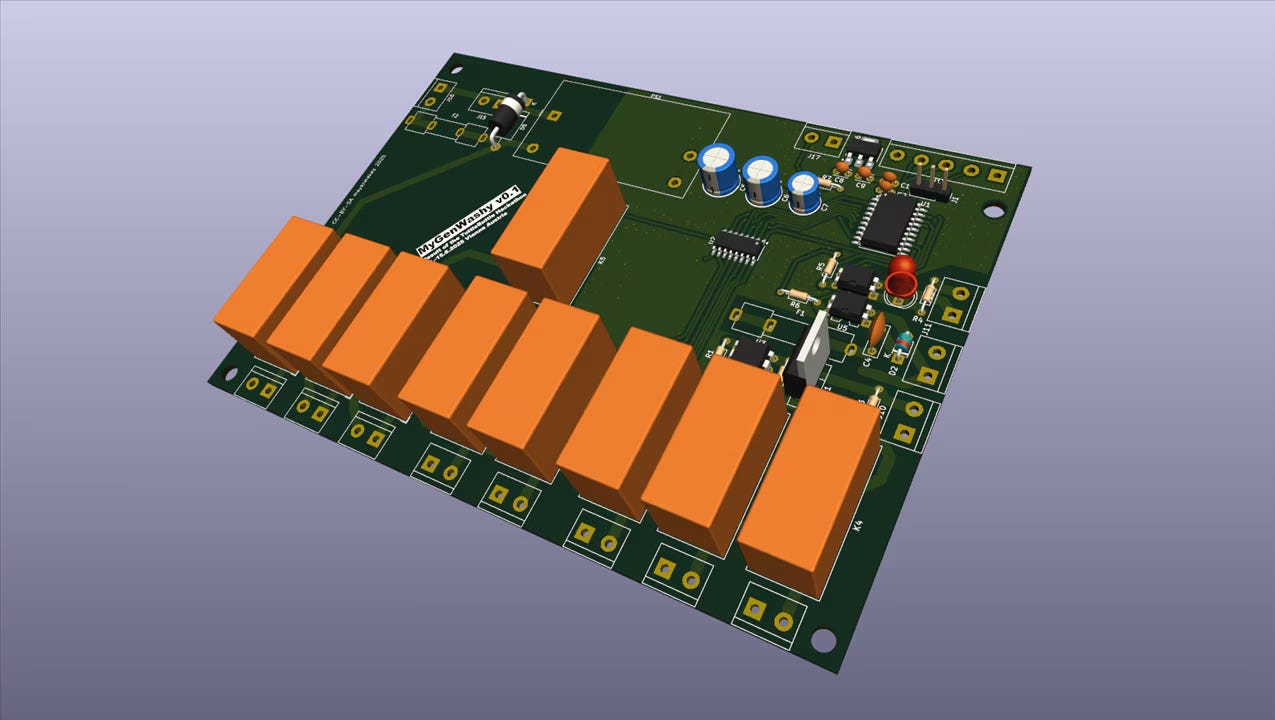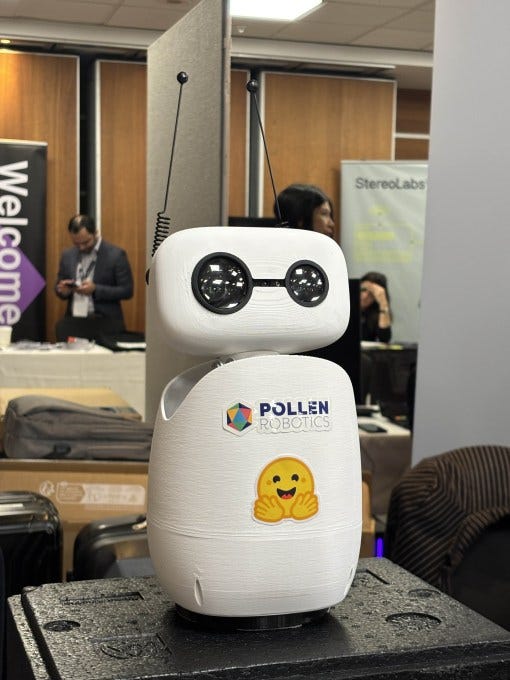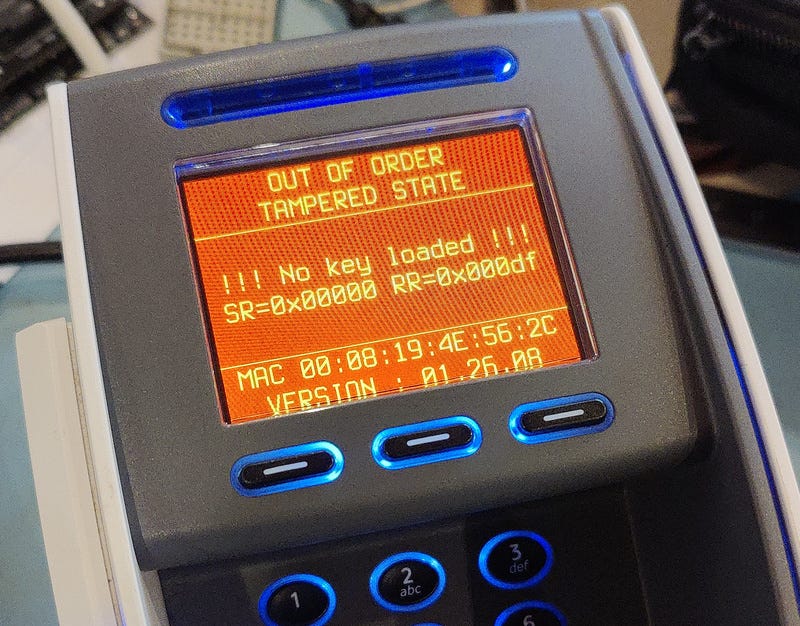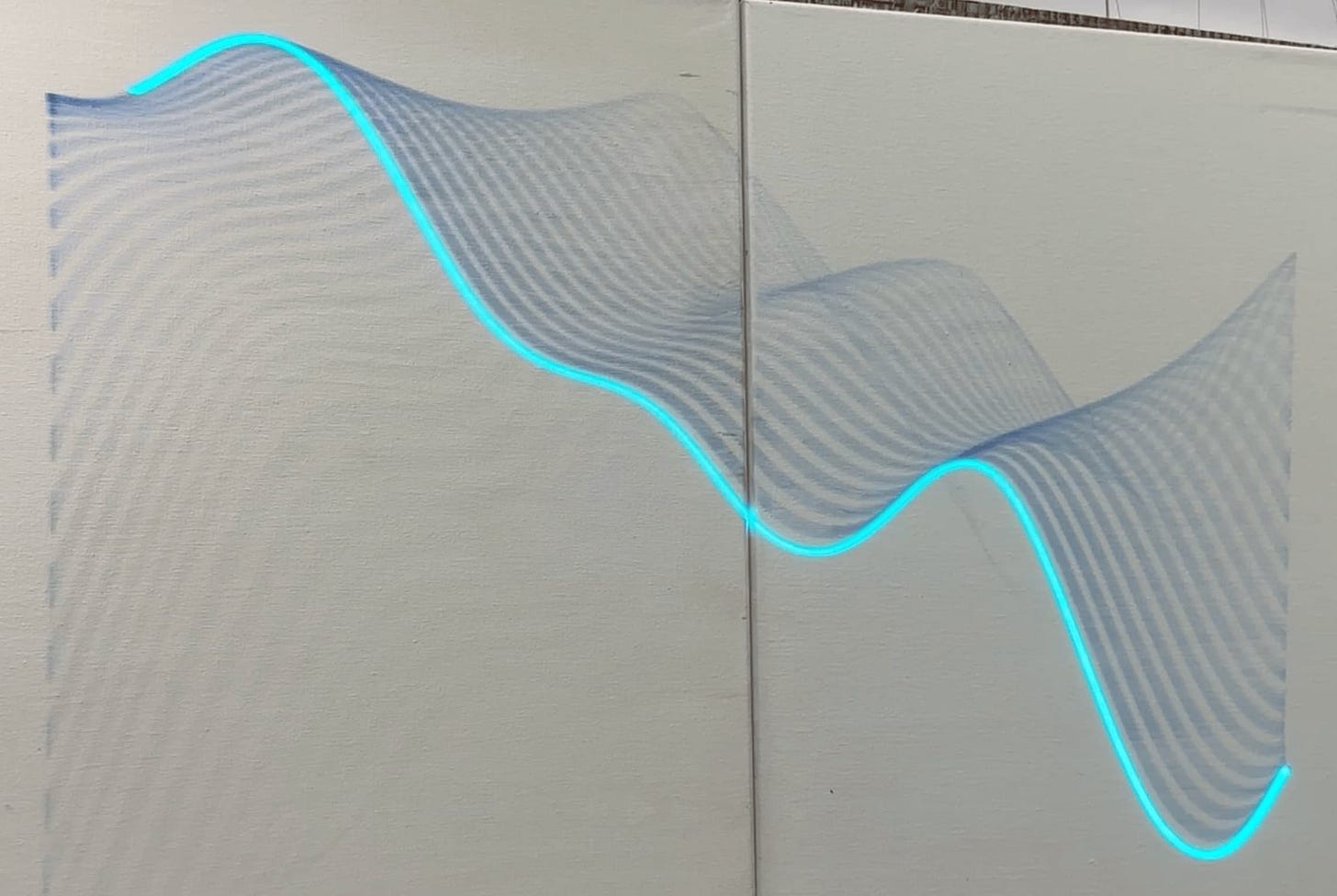Maker News - June 2025 Update
Kayaks on treadmills, rogue sparks in shielded boxes, and a payment terminal that gives up root in 30 seconds—June’s MakerNews has arrived, and it’s fully charged.
Welcome to MakerNews
Welcome, tinkerers and toaster hackers. This month, we’re printing kayaks on treadmills, sniffing sparks with ATtinys, and convincing BASIC to boot on $4 silicon. Whether you’re reverse-engineering your sauna or lighting LEDs like a 1980s cylon, the June roundup is a testament to one thing: the spirit of DIY isn’t just alive—it’s overclocked, hot-glued, and uploading firmware while the epoxy cures.
Need to control a washing machine with Wi-Fi and bravado? We’ve got that. Want to CNC 0.5 mm-pitch traces from your desk? That too. And if you’ve ever wanted your robot to emote while you hack a payment terminal for root, well… maybe not at the same time—but it’s all here.
Things to watch
Kayak Printed on a Treadmill
In a mash-up of gym gear and additive manufacturing, Proper Printing hacked a dead treadmill into an infinite-Z printer and cranked out a full-size kayak in a single run. A frantic, nozzle-loosening sprint to a maker-faire deadline followed, capped by a wobbly yet seaworthy launch on Prague’s river—beer stash intact.
Ripple Roulette at 400 Volts
atomic14 throws hundreds of volts at rescued LED filaments, testing power boards until one stops strobing and starts behaving. Oscilloscopes, sizzling resistors, and a 787-volt reveal illustrate just how twitchy high-voltage tinkering can be.
ESP32 Larson Scanner With Speaker Hack
element14 presents turns an ordinary ESP32 into a one-board homage to Knight Rider, driving up to 50 WS2812s while a second core mouths off classic Cylon audio via I2S. Potentiometers fine-tune LED count, speed, tail length and brightness; browser-based flashing keeps solder jockeys out of IDE hell.
Handheld Spark Spotter Build
element14 presents turns a Hammond-shielded box and a Charles Venel circuit into a pocket sensor that flags every rogue electrostatic pop or distant lightning crack. An ATtiny brain spits out clean 5-volt pulses, ready to sync scopes, cameras, or any gadget that thrives on precise timing.
Washer Hack Spins Into Smart Danger
What do 230 volts, Wi-Fi valves and an open washer drum have in common? Mariahilfer i wires them together in a hack-day stunt that remote-controls water flow, pump and spin cycle while the team tiptoes around puddles and potential fireballs.
Squixles in the Cold Shop
Unexpected Maker battles a 4 °C workshop and finicky 44 mm feeders to crank out two-up Squixle panels. From paste that’s colder than the fridge to nudging connectors by hand, it’s a real-world snapshot of boutique hardware production.
TinyTapeout update
As promised in the last update, our next Sky130 shutte is now open, supporting analog, digital and worldwide shipping. It tapes out on the 15th of September.
Our chip viewer just got an upgrade: now you can see microscope images, GDS, local interconnect and jump straight to project files. Spot something cool? Dive right into the design.
Things to read
Open Source Smart Washing Machines
Sparked at a hackathon in Vienna’s Mariahilfer i lab, MyGenWashy repurposes still-sound washing machines with open-source smart-control boards. Maker Patrick Awart and open-hardware advocate Clemens Mayer, backed by Mayer Makes and the local repair-café community, aim to slash e-waste while proving essential tech can stay resilient, upgradeable, and user-owned.
BASIC Unleashed on Raspberry Pi Pico
Old-school coding, zero bloat. This page drops a full Microsoft-style BASIC OS onto the four-buck Pico, complete with SD, touch LCD, and Wi-Fi, turning the RP2040 into a pocket-sized 1980s micro that speaks I2C, SPI, and your childhood.
Pocket-Sized PCB CNC Router
A hobbyist in Manchester squeezed a full CNC mill into a 30 cm footprint, carving 0.5 mm-pitch circuit boards and even pocketing aluminium. This post breaks down the belt-driven mechanics, ER8 spindle tricks, and £300 parts list that brings board fab to the desktop.
Icepi Zero: FPGA Muscle, Pi Footprint
On this page, a sub-credit-card board crams a 24k-LUT Lattice ECP5 into the Raspberry Pi Zero outline, HDMI and triple USB-C included. It’s a pocket-sized sandbox for home-brew CPUs, retro consoles, and edge-AI sketches—no external JTAG required.
Fur, Circuits, and Awkward Silence
Rabbits, kids, even chickens mostly shrug at the purring plush that’s supposed to soothe us. In this article, Ericka Johnson steps through TikTok tricks, cyborg cockroaches, and queasy questions about outsourcing empathy to code.
Hijacking Your Sauna’s Wi-Fi Brain
In this post, a restless sauna owner tears open the Huum Uku controller’s plaintext packets, reverse-maps its hex grammar, and forces the stove to salute a self-hosted server. If you think hot-stone rituals and socket hacking don’t mix, this page will change your mind.
Hugging Face’s Budget Bots
HopeJR strides on 66 joints while Reachy Mini nods and talks from a tabletop, both priced closer to hobby kits than factory automatons. Catch the open-source pitch, build notes, and ship-date tease in this article.
Payment Terminal Rooted in 30 Seconds
Bypassing years of hardware tamper tricks, this article shows how an exposed serial port hands over a root prompt on Switzerland’s go-to Yomani XR terminal. All that intricate mesh wiring and board-level defense crumble when a quick plug-in yields unlimited shell access.
UV Laser Paints Temporary Pixels
Blair Neal hacks a laser projector, swapping the blue diode for 405 nm UV to write on photochromic pigment that erases itself in 15 seconds. This page — Forgetting Light — shows a canvas that blooms, holds a breath of color, then slips back to blank.
Closing Thoughts
June’s issue proves that invention doesn’t wait for ideal conditions—it improvises, rewires, and occasionally shorts out. From folding GPS clocks to budget humanoids with 66 joints, the projects this month balance absurdity with elegance, all powered by open docs, spare parts, and sheer bloody-mindedness.
As always, MakerNews isn’t about perfect builds—it’s about brave ones. So fire up the soldering iron, keep the scope handy, and remember: if it didn’t smoke, it wasn’t really an experiment.

